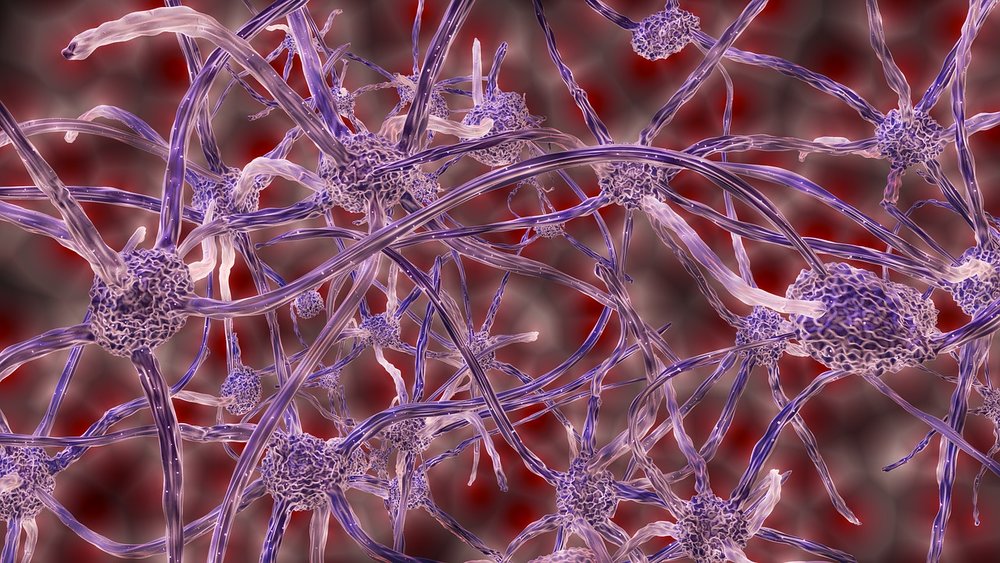Consciousness has been defined as awareness, a person’s ability to experience and feel, an enigma that defies explanation. The nature of consciousness intrigued philosophers and psychologists for thousands of years. Modern neuroscience is giving some answers that could lighten the physical source of our consciousness and some promising fundamental theories are being established.
Scientists had difficulties in finding the source of what we experience consciously and several different theses were suggested. Research presented at the meeting of the Brain Research through Advancing Innovative Neurotechnologies initiative in February has gained the attention of many. Scientists from Allen Institute for Brain Science in Seattle used a new imaging technique and discovered three novel neurons in brain of mice. One particularly attracted their attention; a giant neuron wrapped around the entire circumference of the brain. It’s densely connected across both hemispheres and it’s emanating from one of the best-connected regions in the brain, the claustrum.
The team traced three neurons from the claustrum, an area that they believe acts as the nest of consciousness in mice and humans. It communicates with almost all regions of the cortex to achieve many higher cognitive functions such as language, long-term planning and sensory tasks. All three detected neurons stretched across both hemispheres of the brain, but the largest one was wrapped around the organ’s circumference like a “crown of thorns“. This was the first discovery of neurons that stretch so far across brain regions. It supports suspicion that the claustrum coordinates inputs and outputs across the brain to create consciousness, and a line of mice was engineered so that a certain drug activated specific genes its neurons.
“When the researchers fed the mice a small amount of the drug, only a handful of neurons received enough of it to switch on these genes. That resulted in production of a green fluorescent protein that spread throughout the entire neuron. The team then took 10,000 cross-sectional images of the mouse brain, and used a computer program to create a 3D reconstruction of just three glowing cells,” Reardon reports for Nature.
Although there is still a long way to fully understanding consciousness, if ever, methods of measuring its “amount” are in development. There are many practical benefits of such methods as: to know if a person in a vegetative state is effectively dead, how much awareness a person with dementia has, when a fetus develops consciousness, how perceptive are animals and plants. In the future, we’ll likely have to find answers to questions of whether a “super-computer” can feel.
Learn more about consciousness research in video below:
If you want to know more about consciousness, we recommend this lecture of lead researcher Christof Koch in the video below:
By Andreja Gregorič, MSc











